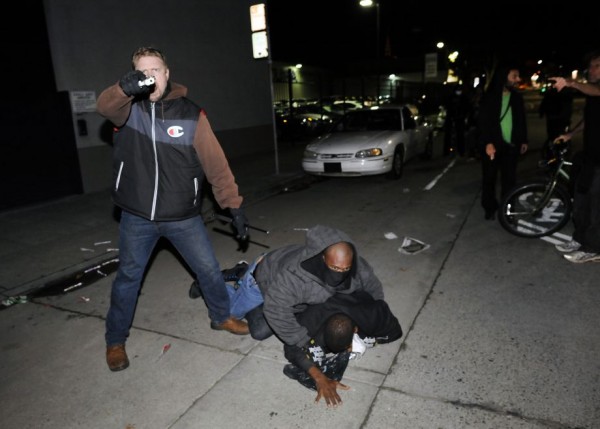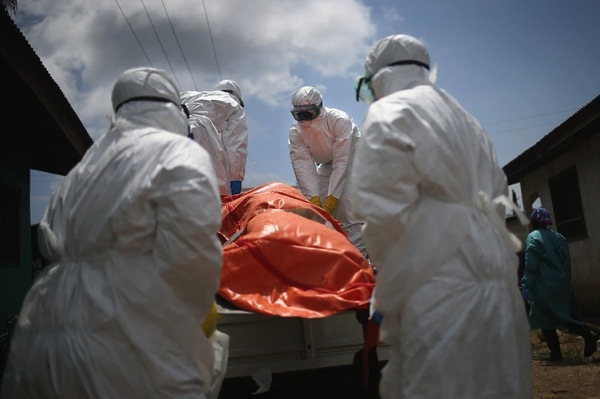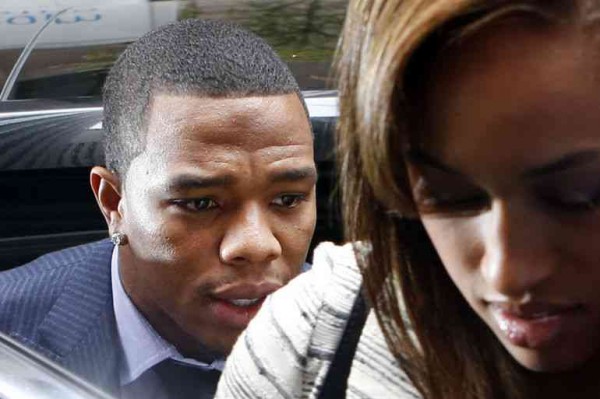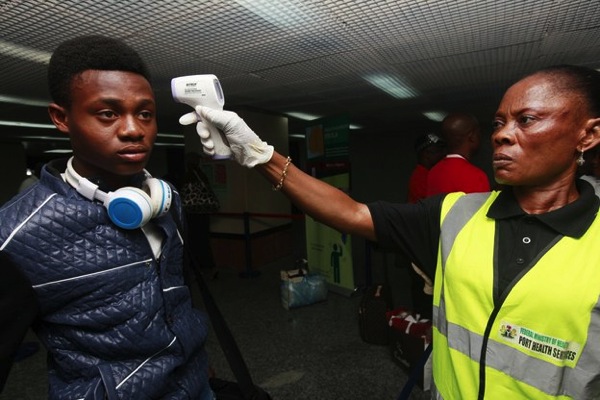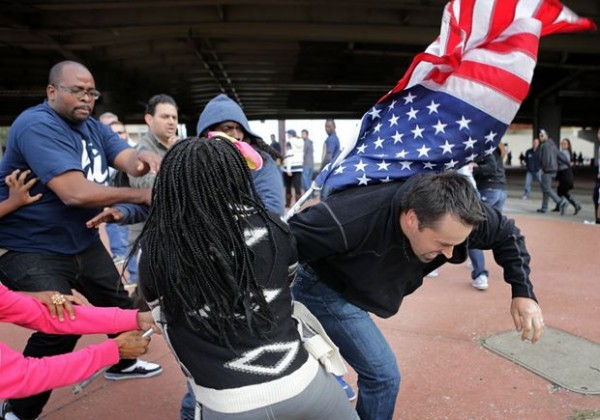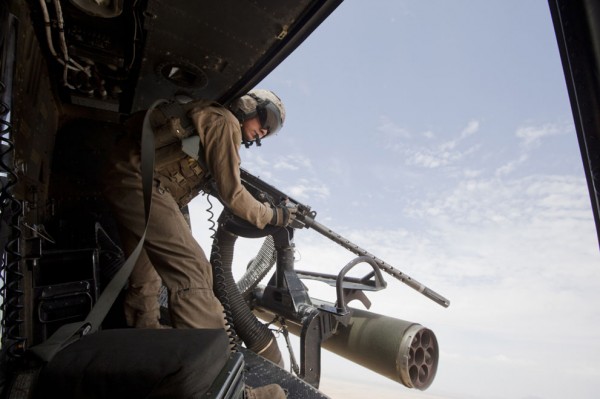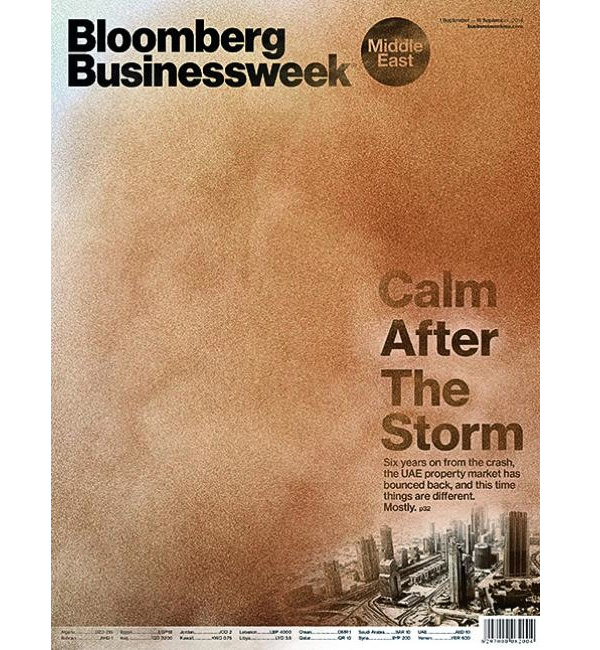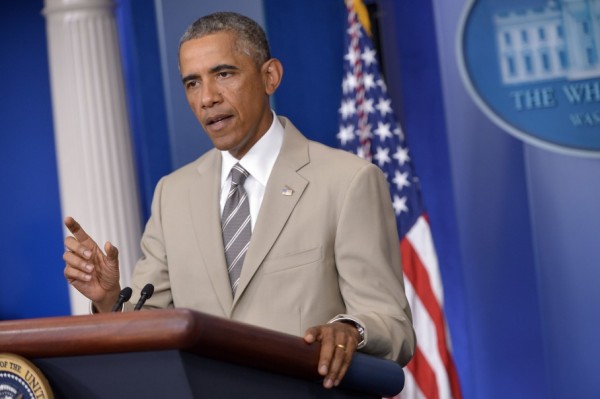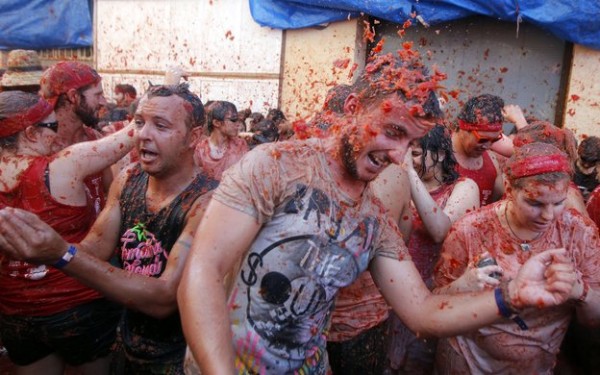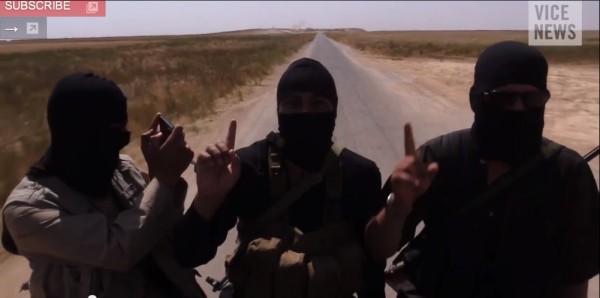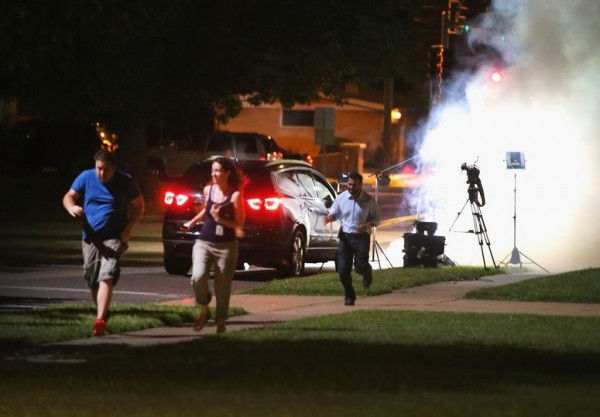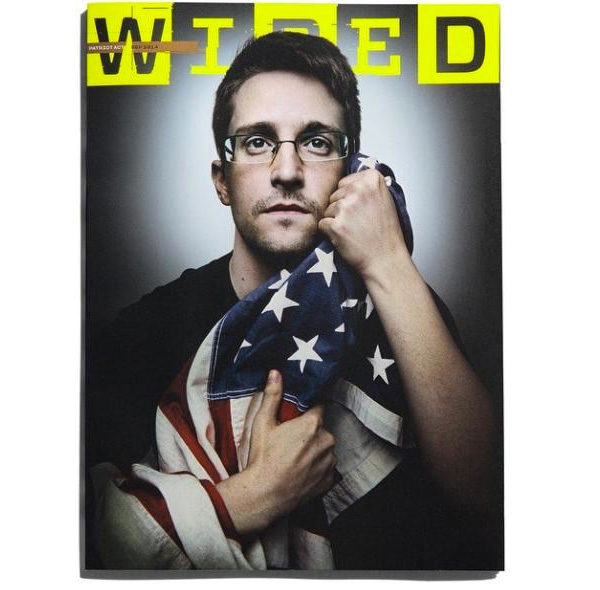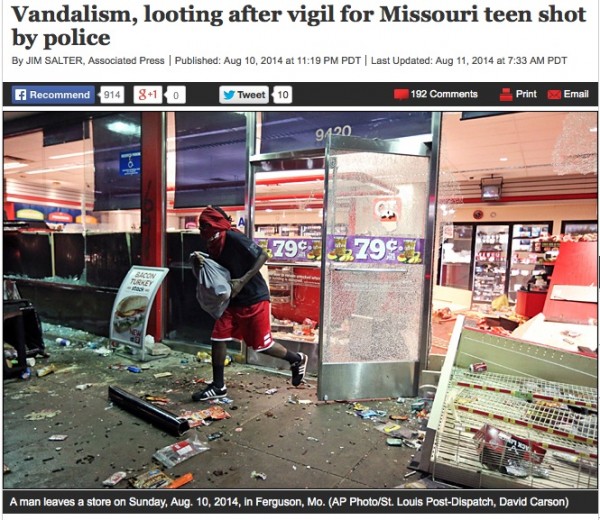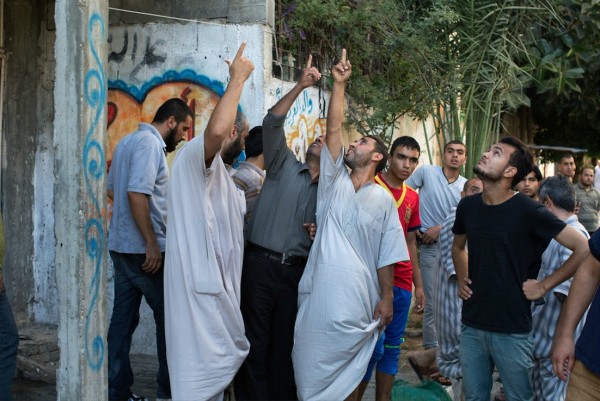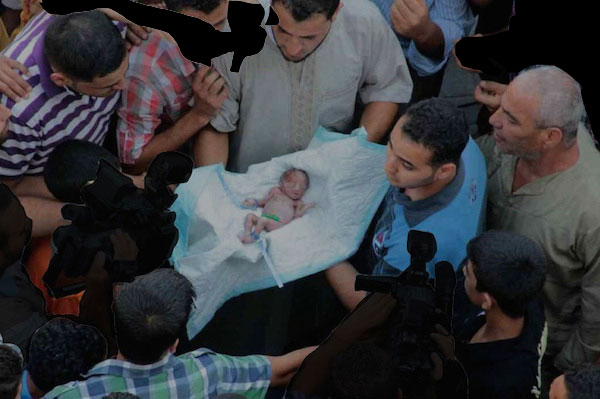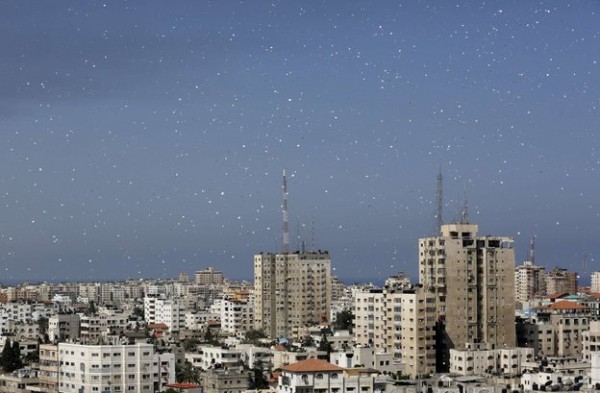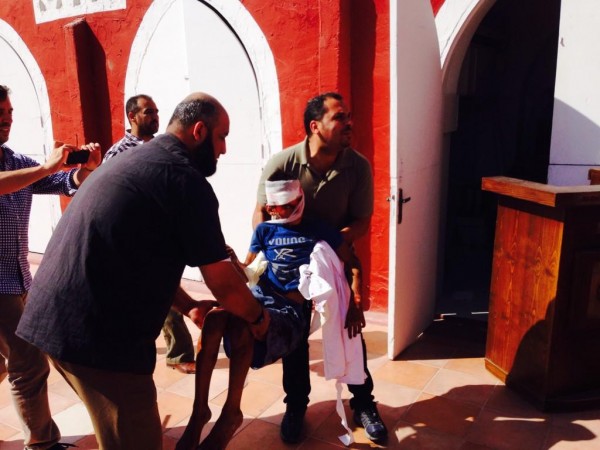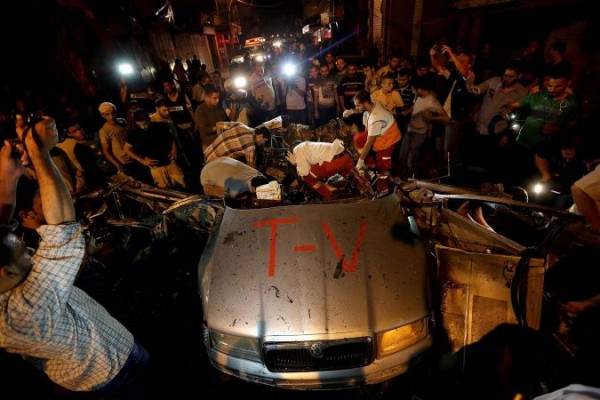About the Photo (I Mean, Photos) of the Undercover Cop Pulling His Gun on Oakland Protesters
Does the photo of the undercover cop pointing his gun at a photographer come with more social and editorial baggage than most can handle?
Continue Reading20 Years of Ebola, and How Photography Has Changed
A photography writer asked me the other day how the photos of the Ebola outbreak this year compared with those from the past two decades. What follows is an excursion with an eye on how news photos have changed.
Continue ReadingRay, Janay, and the "News Photo as Movie Still-of-the-Week"
One point I touched on was how liberally news photographs are experimenting with style, including channeling the cinema.
Continue ReadingAbout Race and those Ebola Handheld Thermometer Pictures on Western News Sites
Given the “loaded nature” of the objects and the situation, there are certainly ways to capture a scene like this that is not only more sensitive (and more mundane), but steers clear of the exploitive associations to race and violence.
Continue ReadingNews Photos: Has Lack of Context Reached a Tipping Point? (And Ferguson Protesters Did WHAT w US Flag?!)
Essentially what we have from a media standpoint — a picture worth a thousand words, and the caption not that many -- are black people rampaging with Old Glory.
Continue Reading"In Focus": Media Using Pentagon Pics As News Photos (Again)
The inference here is that a photo taken by a photojournalist for a news organization and one taken by a soldier to ennoble the military really has no difference.
Continue ReadingWhat's Up With Those Middle East Edition Businessweek Covers?
I don't know, looking at these covers they seem unusually inflamed.
Continue ReadingObama Fluff, Perfectly Suited
Actually, Obama's summery change up was nothing short of a rescue.
Continue ReadingReadjusting our Eyes After the Bloody Summer We've Had
As we stagger toward the merciful end of this cataclysmic summer, what's instructive is context, or how much the eye sees what its been conditioned to see.
Continue ReadingEnabling ISIS, the VICE Videos and the Execution of AFP Videographer James Foley
Where are the ethics and the boundaries when the media engagement is so passive, even acquiescent, and the product, so indistinguishable from propaganda that the insurgents feel they can have their way with the exposure?
Continue ReadingLosing Michael Brown to the Spectacle? — #Ferguson and the #Press
If the images and the tension, as seen through the photos and the media lens, felt more raw and spontaneous last week, I'm finding myself scaling back my diet of reporting and waiting for news.
Continue ReadingOn the Snowden WIRED Cover Issue: Still Missing
At the expense of releasing to the public more "raw data," it's as if WIRED and Platon redact from us the actual man experiencing his actual and ongoing trials.
Continue ReadingIf it Loots, it Leads: Stereotyping the Police Shooting of Michael Brown in Ferguson
For these acts and images to do more than express the release of anger over one more senseless killing is still another textbook example of America's racial and class polarization.
Continue ReadingWhy There Aren’t Any Photos of Hamas Fighters (and Why the NYT, Tyler Hicks and Photographers Have Been Unfairly Blamed)
Let's call it "the drone factor."
Continue ReadingGaza: What One Side Sees and What the Other Side Sees (GRAPHIC)
While media consumers are bombarded daily with the most gut wrenching images of dead and injured Palestinians, especially children, the battle rages as to whether the images represent atrocities or collateral damage and the use of human shields.
Continue ReadingThoughts on That Beautiful Gaza "Leaflet Sky"
This photo just feels so wrong to me right now.
Continue ReadingThe Death of Four Gazan Cousins, Children of Fishermen
All that intensity makes the rest more unspeakable as we view the broken body of another cousin, futilely hanging on to life, as he's carried like a sack.
Continue ReadingWhat's More Deplorable, the Killing of Journalists Or Hardly Noticing?
Journalists have become targets in that many places for that long now that their vulnerability, and ultimately their fungibility, has ceased to even be noteworthy.
Continue Reading